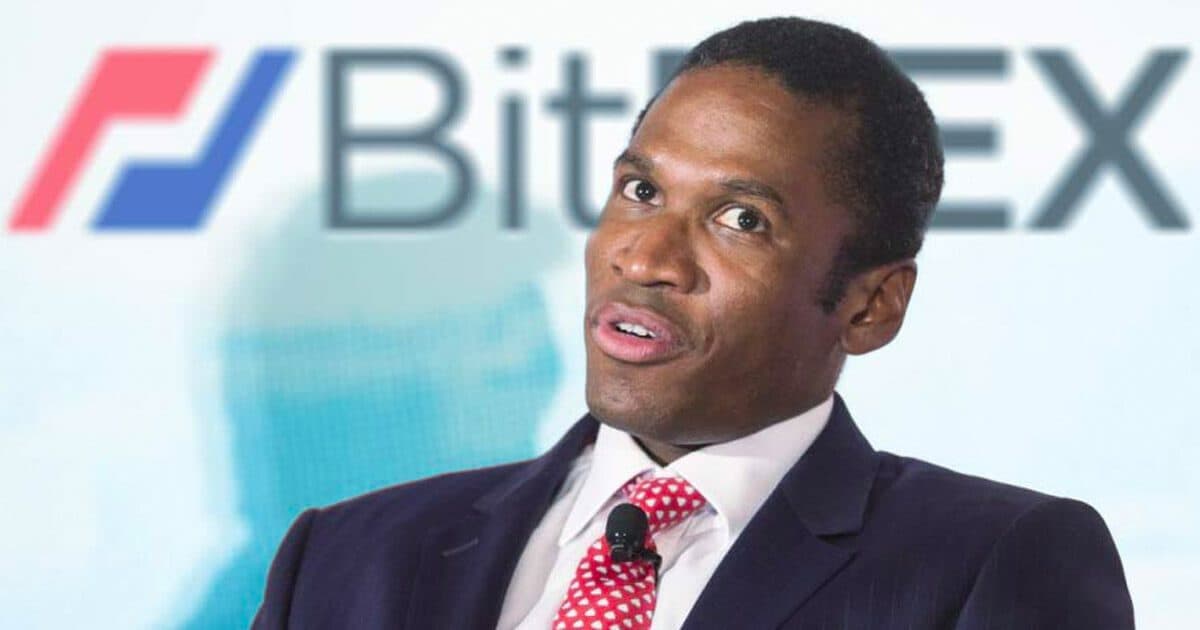Rising Funding Rates May Indicate Overstretched Long Position
Bitcoin extended gains and hit a record high of $48,481 Thursday following reports that BNY Mellon will offer bitcoin services in the future. The historic rally has retail investors trying to front-run institutional demand, but high funding rates point to excessive […]

Via The Cryptonomist
- Perpetual swap funding rates have climbed to 20 basis points, which may point to an overstretched market
- The sell-off in January was partially caused by excessive leverage, which saw $2.9 billion of liquidations in a 24 hour period
Bitcoin extended gains and hit a record high of $48,481 Thursday following reports that BNY Mellon will offer bitcoin services in the future. The historic rally has retail investors trying to front-run institutional demand, but high funding rates point to excessive leverage in the system.
Perpetual swaps, a novel financial instrument pioneered by BitMEX, are a type of futures contract that don’t have an expiry. “Perps,” as they are known, are a favorite of retail investors because of the leverage they afford traders.
Crypto exchanges exact a fee for that leverage known as the funding rate, which is charged every eight hours. Crypto funding rates are, in theory, supposed to keep the price of the futures contract near the spot index price.
“When funding rates are elevated, that means a lot more long investors than short,” said Kevin Kang, founding principal of BKCoin Capital. “It’s risky because as it’s elevated, it means there’s more leverage in the market, so when there’s any downturn in the market, it creates a cascade of liquidations.”
The funding rate tends to adjust as the price of bitcoin changes. As seen last month, when the price increases, leveraged buyers make deposits and arbitrage desks short the futures and purchase spot bitcoin.
“In early December, funding rates were barely above 10 basis points, and that was considered elevated, now funding rates are about 20 basis points,” said Kang. “20 basis points is double what caused the market to sell off in December.”
Kang pointed to last month, when the price of bitcoin reached $42,000. Many were expecting the rally to continue to $50,000, but bitcoin ended up falling to $28,000. The Block reported at that time that in one 24 hour period as much as $2.9 billion was liquidated.
As of February 8th, aggregated open interest of bitcoin futures sits just under $15 billion, a new record high.
“That was triggered by these leveraged players, because there’s so much leverage in the market,” said Kang. “The rally wasn’t necessarily driven by the spot rally, which is the important segment of the rally. It was just leveraged players bidding up the market.”
Demand for spot bitcoin has outpaced derivatives in recent months, which many market participants see as the sign of a healthy market. While derivative volumes are higher overall, spot volumes increased over 700 percent between October and January to just under $1 trillion.
Growing funding rates are not necessarily cause for structural concern, but they can be a sign of short term exuberance.
As the market optimism continues, funding rates will continue to elevate, and, Kang said, once these positions start to liquidate, the market can come down very quickly.






